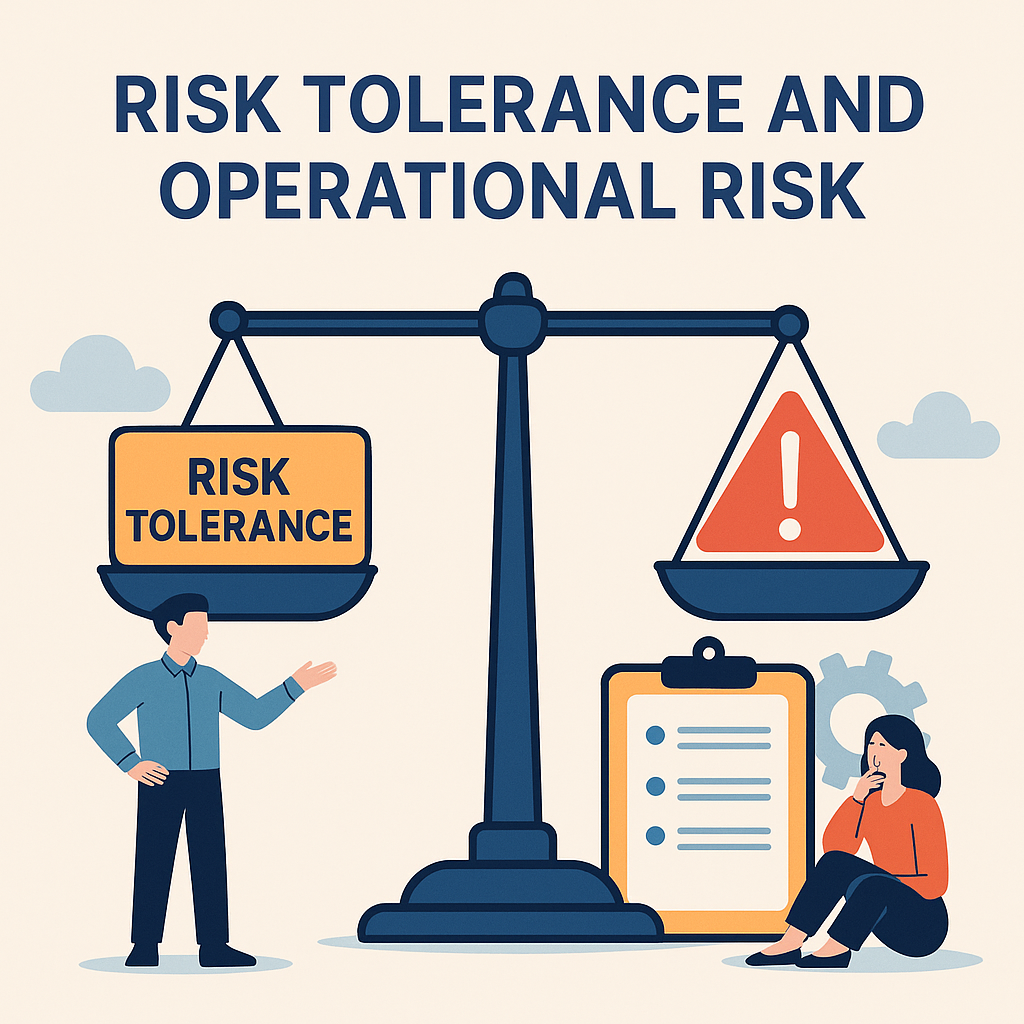Introduction
In today’s digital-first world, businesses face an evolving regulatory landscape that demands smarter, more efficient compliance strategies. Artificial Intelligence (AI) in corporate governance is rapidly transforming how organizations manage risk, adhere to regulatory requirements, and ensure ethical business practices. From AI compliance tools to business risk management AI, enterprises must adapt to the AI-powered compliance landscape to stay ahead of emerging risks and regulatory expectations.
This blog explores the role of AI in Governance, Risk, and Compliance (GRC) and how businesses can leverage it to enhance compliance frameworks, mitigate risks, and drive operational efficiency.
The Growing Need for AI in GRC
Traditional GRC approaches are often manual, reactive, and inefficient. Companies today deal with:
- Increasingly complex regulatory requirements from various sectors, regions and changes.
- Rising cyber threats and data privacy concerns.
- The need for real-time risk monitoring and decision-making.
AI-powered compliance solutions offer organizations proactive, data-driven insights that improve compliance accuracy, automate processes, and strengthen governance frameworks.
How AI is Transforming Governance, Risk, and Compliance
Now let us dig deep into exactly how AI has been transforming various aspects of the GRC Domain. We will try to elaborate with examples and real world scenarios. This will help you understand things better.
1. AI-Powered Compliance Monitoring
AI enhances compliance by automating regulatory tracking, identifying risks, and ensuring adherence to industry-specific laws. The bots or intelligence can quickly scan or crawl through internet or compliance libraries and help us find new changes and adjustments.
- Example: IBM OpenPages uses AI-driven regulatory intelligence to provide businesses with real-time compliance monitoring.
- How it works: AI scans vast regulatory databases, flags updates, and suggests compliance adjustments, reducing manual workload.
2. Risk Management with AI
AI-driven business risk management solutions enable organizations to:
- Detect anomalies in financial transactions.
- Predict and mitigate cyber threats.
- Assess third-party and supply chain risks.
Example: JPMorgan Chase utilizes AI to analyze fraudulent transactions and predict financial risks, preventing billions in losses.
3. AI in Corporate Governance & Decision-Making
AI enhances governance frameworks by providing:
- Automated risk assessments to aid board-level decision-making.
- AI-powered analytics to assess policy adherence and governance effectiveness.
- Predictive insights for strategic planning.
Example: MetricStream AI delivers AI-driven governance dashboards, allowing executives to visualize compliance risks in real time.
Benefits of AI in GRC
There can be multiple ways of materializing benefits of artificial intelligence in GRC domain, however, based on the above use cases and potential understanding of impact of AI, below can be the crisp list of benefits.
- Efficiency & Automation: Reduces manual compliance efforts by automating documentation, audits, and reporting.
- Enhanced Accuracy: AI minimizes human errors in risk assessments and compliance tracking.
- Cost Reduction: Automating compliance processes lowers operational costs.
- Improved Risk Prediction: AI models can forecast potential risks, enabling proactive mitigation strategies.
Challenges of Implementing AI in Compliance
Despite its benefits, AI-driven compliance solutions pose challenges such as:
- Regulatory Uncertainty: AI compliance regulations are still evolving. There is no clarity on definition, scope and limitations for use of AI in business.
- Bias in AI Algorithms: AI tools must be trained on diverse datasets to avoid biased decision-making. This might take time and effort.
- Data Security & Privacy Concerns: AI systems must comply with global data protection laws such as GDPR and CCPA.
The Future of AI in Compliance
The future of AI-powered compliance will be shaped by the following factors. Also, there might be new landscape or horizon coming in the picture as we move ahead:
- Real-time AI regulatory intelligence that tracks global laws and policies automatically.
- AI-driven fraud detection models that continuously evolve based on new threats.
- AI-enhanced third-party risk management to monitor vendor compliance and supply chain security.
- Ethical AI frameworks to ensure fairness, transparency, and accountability in decision-making.
Conclusion
The adoption of AI in corporate governance and compliance is no longer optional—it’s a necessity. Businesses must embrace AI-driven compliance tools to automate regulatory tracking, enhance risk management, and ensure proactive governance. While challenges exist, organizations that leverage business risk management AI will gain a competitive advantage in the ever-evolving regulatory landscape.
References
- MetricStream, “Top GRC Trends 2024.”
- OCEG, “Generative AI and GRC.”
- IBM OpenPages, “AI-Powered Compliance Monitoring.”
- GRC2020, “Cognitive GRC: Revolutionizing GRC with Artificial Intelligence.”
- Darktrace, “AI in Cybersecurity.”









